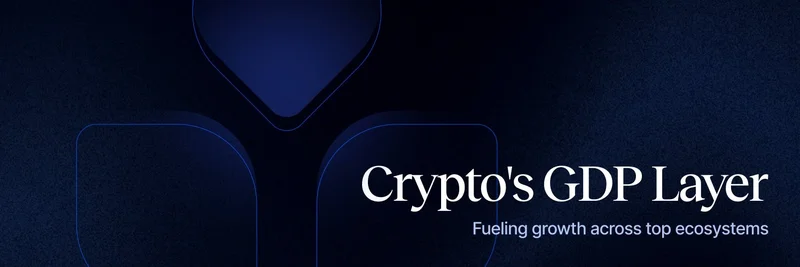Have you ever wondered if cryptocurrencies like Ethereum (ETH) and Solana (SOL) are just fancy stocks for payment networks, or if they're something bigger—like the gold standard for a whole new digital economy? That's the question Ryan Watkins, co-founder of Syncracy Capital and former Messari analyst, posed in a thought-provoking tweet that draws parallels to disruptive tech giants like Uber.
Watkins quotes a 2021 post from investor Philippe Laffont, who highlighted how innovative companies often redefine entire markets rather than just nibbling at existing ones. Laffont asked: Is Uber merely replacing taxis, or is it reinventing car ownership altogether? Applying this lens to blockchain Layer 1 (L1) networks like ETH and SOL, Watkins challenges us to think beyond surface-level utilities.
Breaking Down the Analogy
Let's unpack this. In traditional finance, "equity" refers to ownership stakes in companies, like shares in a stock exchange or a payments processor such as Visa. If we view ETH and SOL this way, they're essentially the "stock" of decentralized platforms that handle transactions, smart contracts, and decentralized apps (dApps). ETH powers the Ethereum network, where developers build everything from DeFi protocols to NFT marketplaces. SOL, on the other hand, fuels Solana's high-speed blockchain, known for its scalability and low fees, making it a hotspot for trading and gaming.
But Watkins suggests a bolder perspective: These aren't just equities; they could be "reserve assets" at the heart of a "new internet financial system." Reserve assets are like the foundational currencies or commodities that back economies—think the U.S. dollar in global trade or gold in historical monetary systems. In crypto terms, this means ETH and SOL might serve as the go-to stores of value and settlement layers for an entire web3 ecosystem, where billions in value flow through decentralized finance (DeFi), non-fungible tokens (NFTs), and yes, even meme tokens.
This shift in thinking is crucial because it expands the total addressable market (TAM). If ETH and SOL are mere payment tools, their value is capped by competing with traditional finance. But as reserve assets, their potential is vast—potentially underpinning a borderless, internet-native economy where anyone with a wallet can participate.
Implications for Meme Tokens and Blockchain Practitioners
At Meme Insider, we're all about demystifying meme tokens, those viral, community-driven cryptos that often launch on chains like Solana and Ethereum. Meme coins like Dogecoin (originally on Ethereum) or newer Solana-based hits thrive because of the underlying infrastructure. If SOL is a reserve asset, it explains why Solana has become a meme token powerhouse: Its speed and low costs allow for rapid, speculative trading that fuels meme mania.
For blockchain practitioners, this debate isn't academic—it's actionable. If you're building or investing in meme projects, understanding ETH and SOL as reserve assets means prioritizing ecosystems with strong network effects. Ethereum's security and decentralization make it a safe bet for long-term value storage, while Solana's performance appeals to high-frequency traders chasing the next viral token.
Replies to Watkins' tweet echo this nuance. One user likened them to "proto-reserve assets sneaking into the internet's monetary base," while another argued SOL might lean more toward utility than reserve status. Even futuristic takes emerged, with comments on interplanetary money and AI-driven economies, highlighting crypto's boundless potential.
Why This Matters in Today's Crypto Landscape
As of August 2025, with Ethereum's ongoing upgrades (like the recent Dencun update enhancing scalability) and Solana's recovery from past outages, both chains are evolving. Regulatory clarity, such as potential ETH ETFs, could solidify their reserve-like status. For meme token enthusiasts, this means more opportunities: Robust L1s enable safer, faster launches and trading.
Whether you see ETH and SOL as equity or reserves, one thing's clear—they're reshaping finance. Dive deeper into meme token strategies on platforms like Solana by checking out our knowledge base at Meme Insider. What's your take? Are these L1s the future's digital gold, or just high-tech payment rails?
Stay tuned for more insights on how blockchain innovations power the meme economy. If you're new to crypto, remember: Always do your own research (DYOR) and consider the risks involved in volatile markets.




